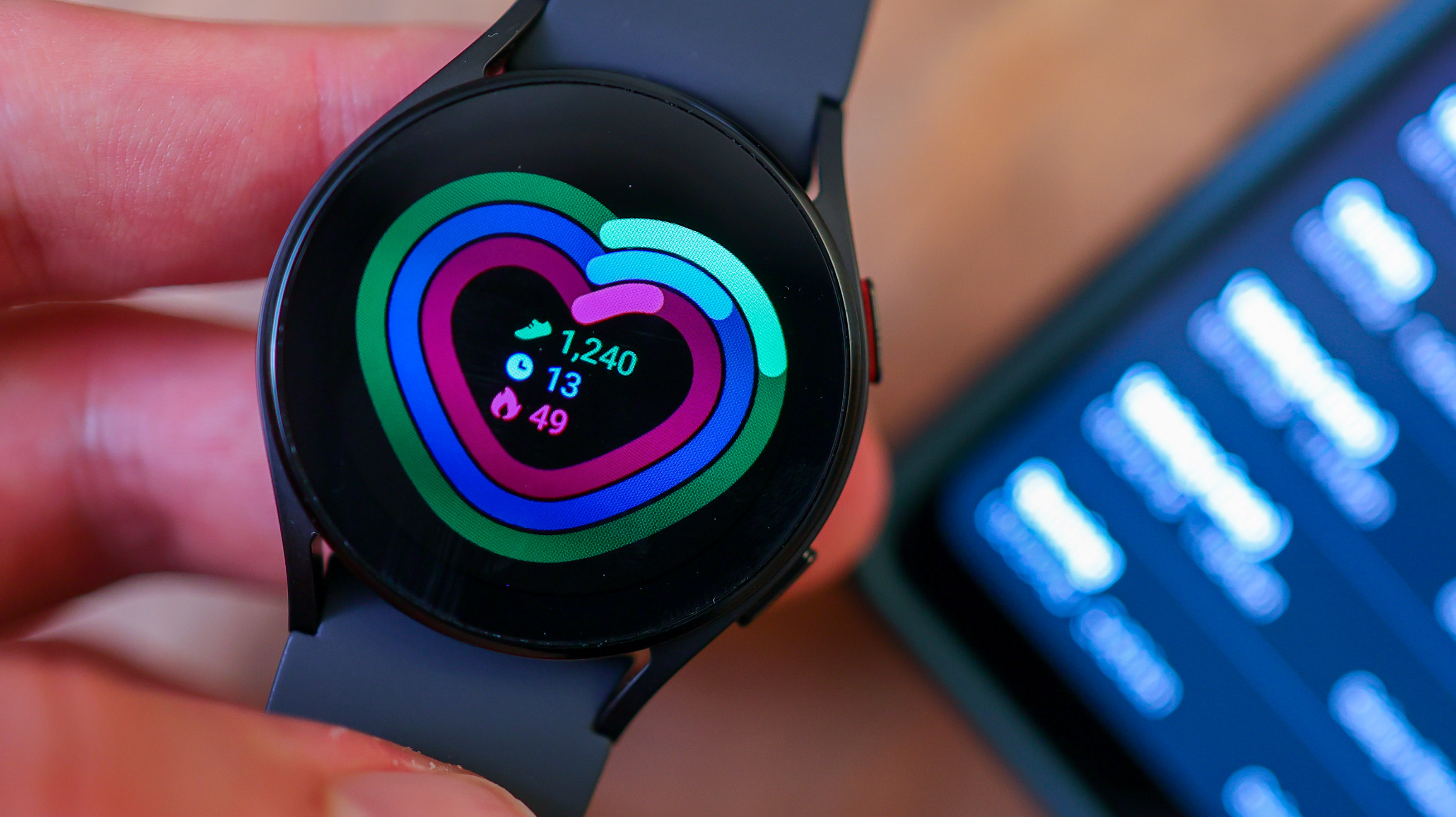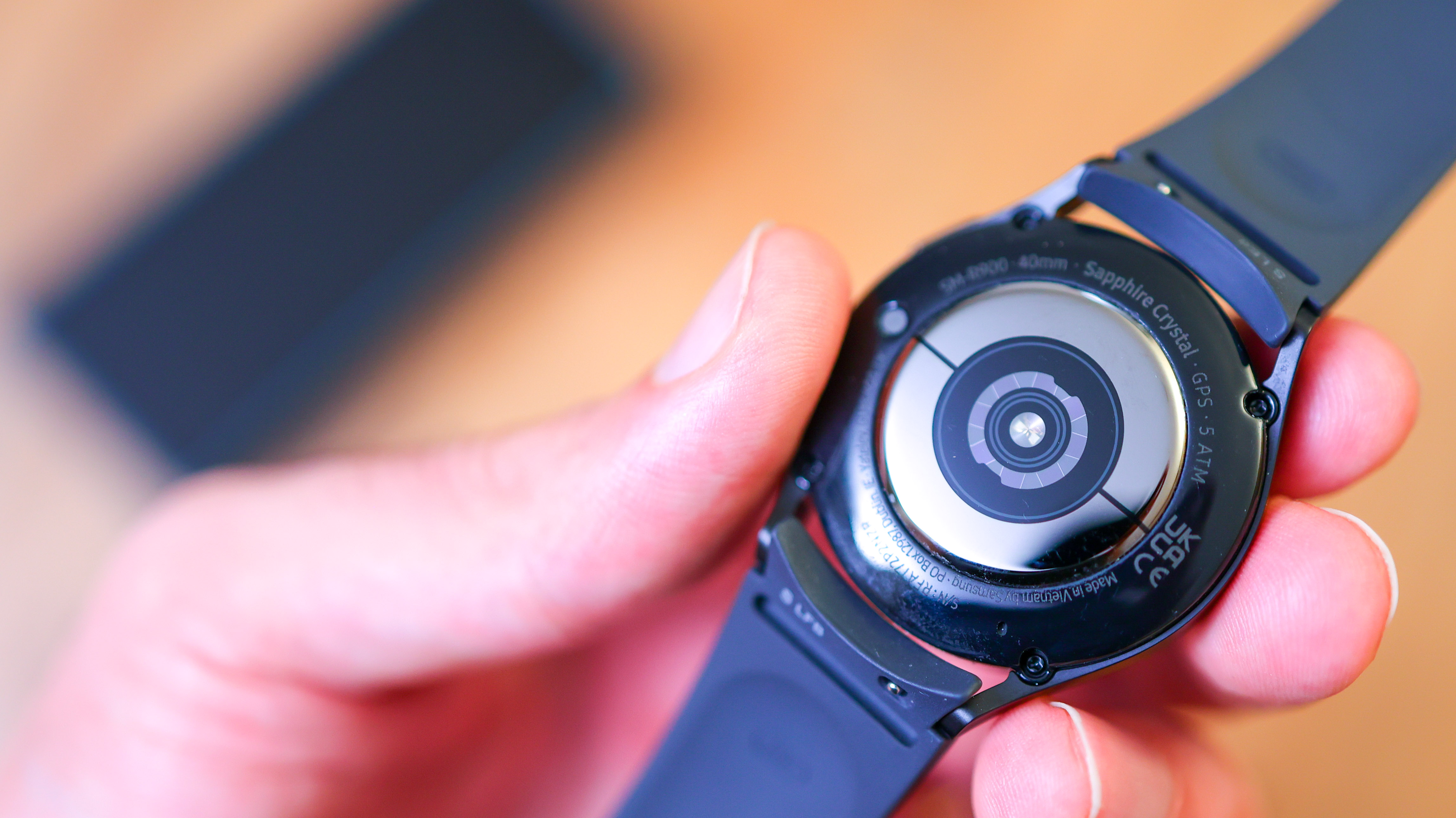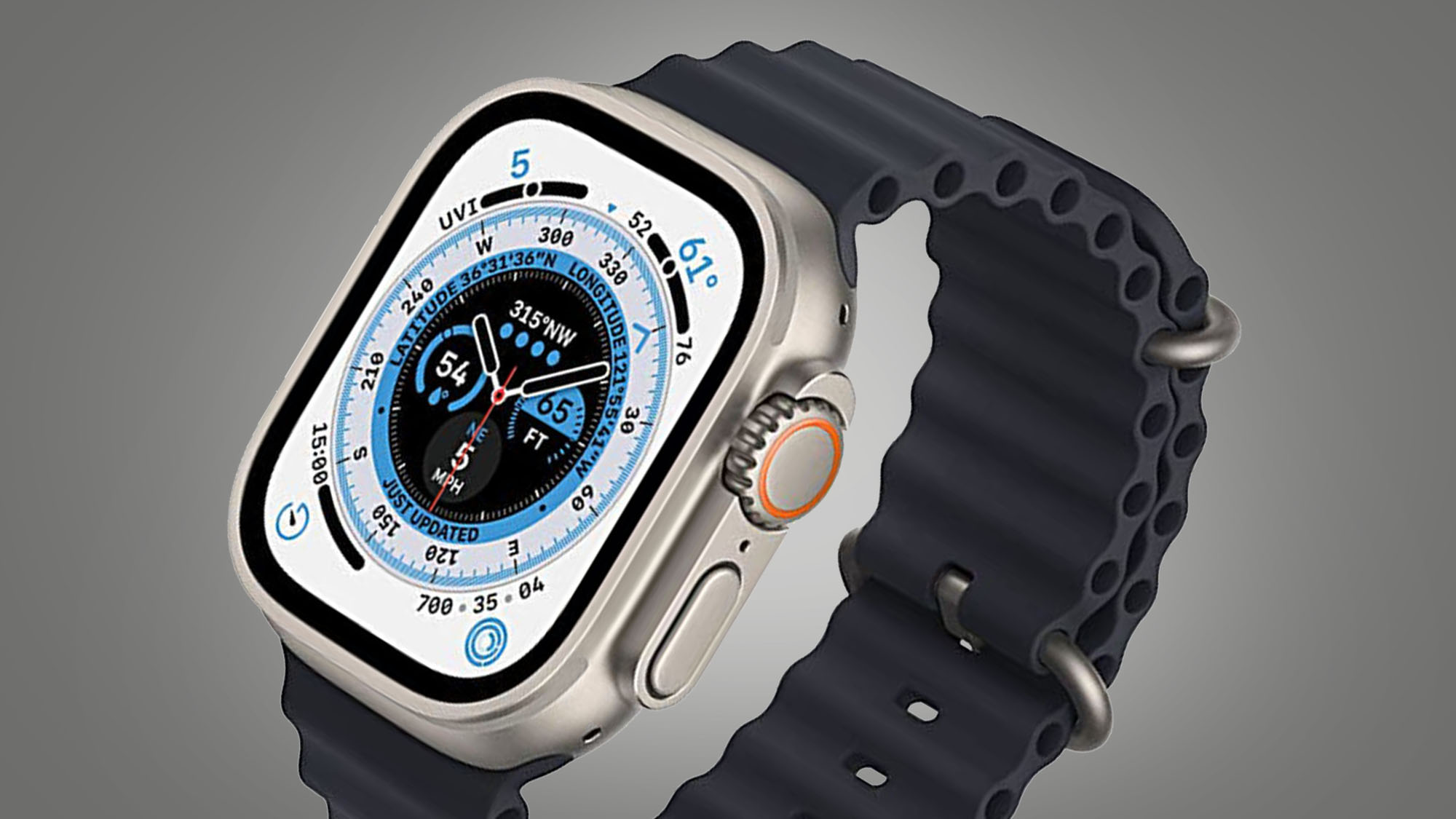Samsung Galaxy Watch 5 adds a key cycle tracking feature – but Apple did it first

Samsung has remotely enabled a new Samsung Galaxy Watch 5 and Galaxy Watch 5 Pro feature, allowing watch owners to use their device’s skin temperature sensor for more accurate menstrual cycle tracking.
Announced on the Samsung blog, the post says the skin temperature sensor uses infrared light to automatically record an estimate of your basal body temperature, or BBT. The blog post states: “As people search for ways to forecast their next period, they’re turning to temperature readings to help, since basal body temperature varies by menstrual phase.
“Getting accurate BBT readings requires measurement the first thing every morning, a process that can be inconvenient and sometimes even forgotten. Samsung’s new feature automates this process, making it easier and more convenient.”
The long and the short of it is that two of the best smartwatches for Android users just got even better, and far more accurate when it comes to automatically predicting your next period. Samsung’s been developing this feature in partnership with Natural Cycles, an app approved for use by the U.S. Food and Drug Administration, and it’s rolling the feature out to watch owners all across the world right now.

Do I need to do anything to activate the new feature?
If you own a Watch 5 or Galaxy Watch 5 Pro and want to make use of the feature, Samsung says you’ll need to select Cycle Tracking in the companion Samsung Health app and turn on the ‘predict period with skin temp’ settings.
After the watch collects enough data, it’ll show your previous month’s readings in a graph in the Cycle Tracking section of the Samsung Health app, and a predicted ovulation and fertile window.
Samsung is keen to stress “all collected data is encrypted and stored securely on the user’s own device, giving them more control over their data”. If you want to secure your data further, check out our four steps to protect your period tracking data.
Sign up for breaking news, reviews, opinion, top tech deals, and more.
Analysis: Apple did it first

It’s surprising that Samsung’s obviously had the skin temperature sensor in the watch the whole time, and is rolling this feature out months after release. The watches pre-date the Apple Watch Series 8 and Apple Watch Ultra by a month, and Apple’s offerings include similar skin-temp based cycle tracking options.
Still, we’d rather Samsung take its time and get the feature right than not get it at all, and we’re sure it’ll be front-and-center on the Galaxy Watch 6.
Natural Cycles is an app which uses a complex algorithm to determines your fertility status based on body temperature readings, so we’re betting that algorithm was the missing piece of the puzzle for Samsung to put its existing technology to use.

Matt is TechRadar's expert on all things fitness, wellness and wearable tech.
A former staffer at Men's Health, he holds a Master's Degree in journalism from Cardiff and has written for brands like Runner's World, Women's Health, Men's Fitness, LiveScience and Fit&Well on everything fitness tech, exercise, nutrition and mental wellbeing.
Matt's a keen runner, ex-kickboxer, not averse to the odd yoga flow, and insists everyone should stretch every morning. When he’s not training or writing about health and fitness, he can be found reading doorstop-thick fantasy books with lots of fictional maps in them.